Get ready to be blown away by the breathtaking beauty of the Grand Canyon, one of the world’s most awe-inspiring natural wonders. This colossal chasm in Arizona, USA, carved over millions of years by the mighty Colorado River, offers a mesmerizing tapestry of vibrant rock layers and geological wonders. In this comprehensive guide, we’ll take a deep dive into the geology and formation of the Grand Canyon, explore the amazing attractions and activities within the Grand Canyon National Park, and provide you with essential tips to plan a truly unforgettable visit.
Introducing the Grand Canyon
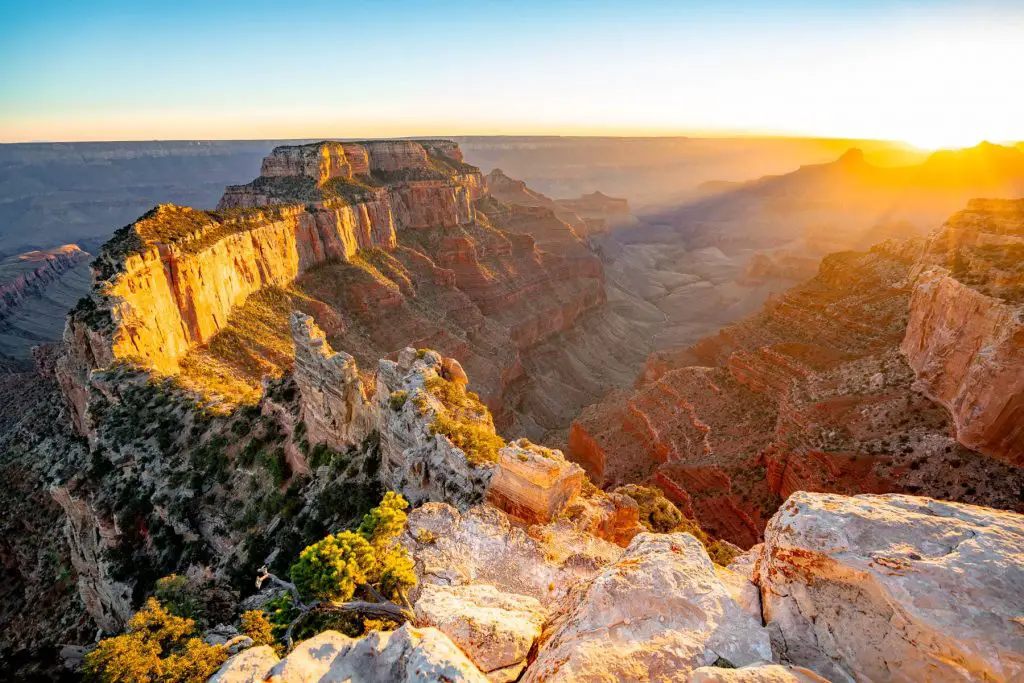
Prepare to be amazed by the Grand Canyon, stretching approximately 277 miles long with an average width of 10 miles. It’s no wonder that millions of visitors flock to witness this natural masterpiece each year. With a depth of over a mile, the Grand Canyon reveals a stunning display of vibrant rock layers that tell the story of millions of years of Earth’s history. The sweeping vistas, dramatic cliffs, and overwhelming sense of wonder are bound to leave you captivated.
Geology and Formation Unveiled
The Colorado River is the primary force behind the sculpting of the Grand Canyon. Over millions of years, its relentless power has gradually eroded the rock layers, exposing the incredible geological features we see today. The river continues to shape the canyon, flowing swiftly through this ancient landscape.
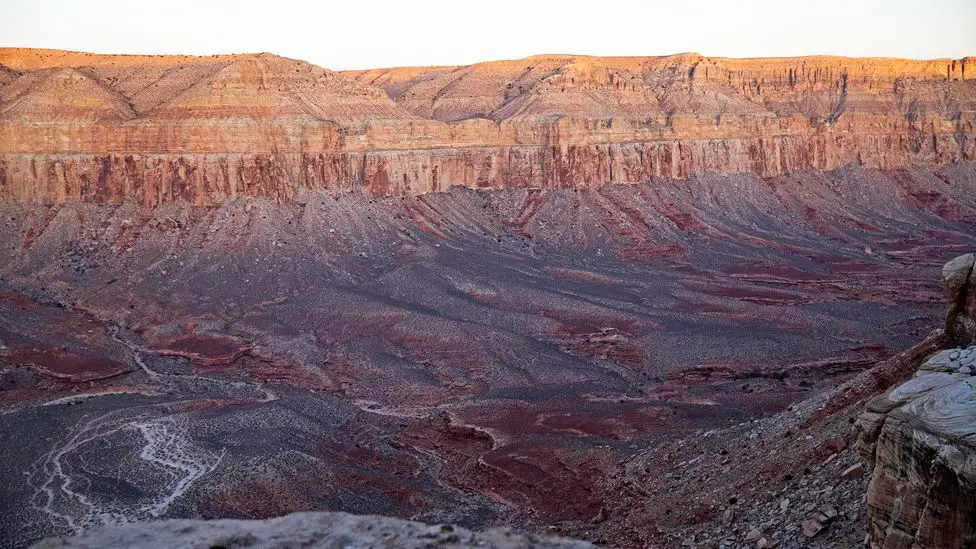
The Grand Canyon boasts an astonishing array of rock layers, each displaying its own unique color and texture. From the vibrant reds of the Supai Group to the towering cliffs of the Kaibab Limestone, these rock formations reveal the incredible story of Earth’s geological evolution. Scientists find valuable clues within each layer, helping them unravel the secrets of our planet’s past.
Determining the exact age of the Grand Canyon has been a topic of scientific debate, but recent research suggests that some rock layers within the canyon may be as old as 2 billion years. It’s truly a remarkable time capsule, offering us a glimpse into the ancient history of our planet.
Exploring The Grand Canyon National Park
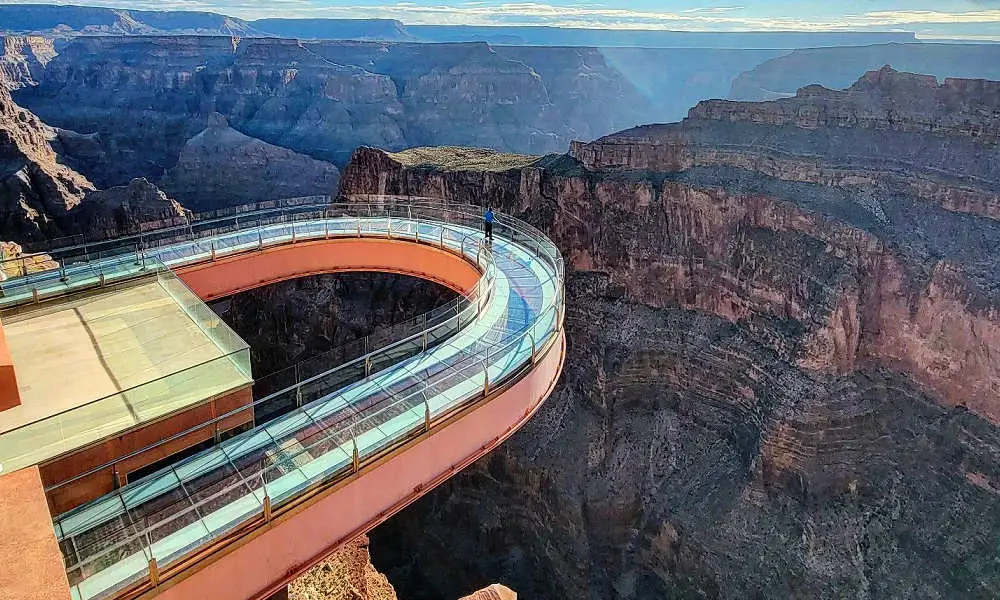
Since its establishment as a national park in 1919, Grand Canyon National Park has preserved over 1.2 million acres of land, testifying to the significance and beauty of the Grand Canyon. Within the park, you’ll find a wealth of natural and cultural attractions to explore.
Early conservationists, including John Wesley Powell, were instrumental in proposing the idea of preserving the Grand Canyon as a national park. Their efforts ensured that this natural wonder would be protected for generations to come.
The park is home to iconic viewpoints such as Mather Point, Yavapai Observation Station, and Desert View Watchtower, which offer unparalleled vistas. You can also embark on numerous hiking trails, such as the Bright Angel Trail and the South Kaibab Trail, to experience the canyon up close and enjoy breathtaking views.
Beyond its natural wonders, the park boasts a rich cultural heritage. Archaeological sites within the park provide insights into the ancient presence of Native American tribes. Exhibits, museums, and ranger-led programs offer a glimpse into the unique history and traditions of these indigenous peoples.
Planning Your Visit
Before you set off on your Grand Canyon adventure, it’s crucial to gather all the relevant information to ensure an exceptional visit. The park provides visitor centers, campgrounds, picnic areas, and shuttle services to make your experience comfortable and enjoyable. Knowledgeable rangers are available to guide you and answer any questions you may have.
Exploring the Grand Canyon
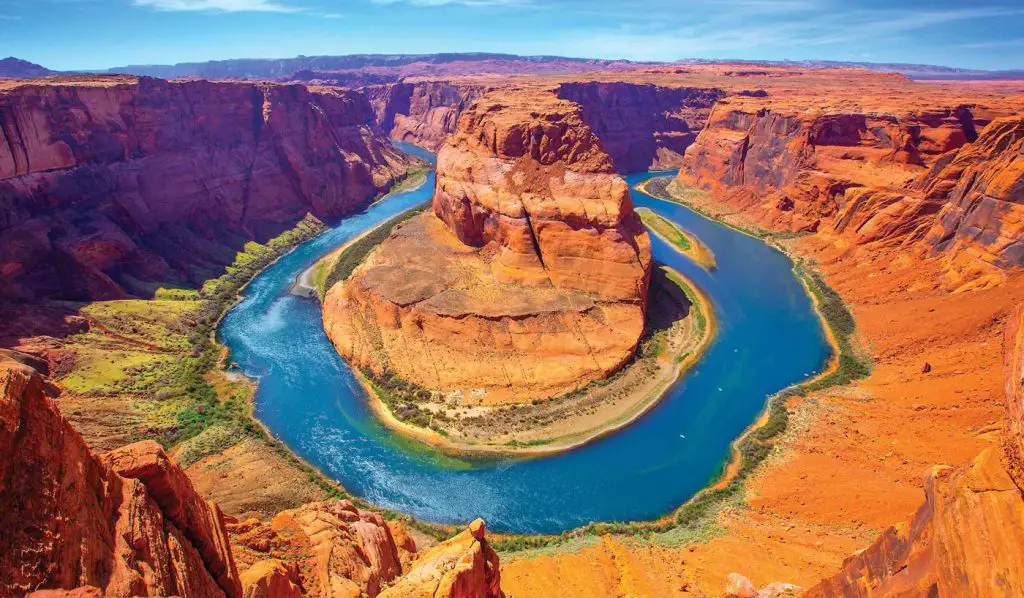
The Grand Canyon offers endless opportunities for exploration and adventure. Whether you’re into hiking, rafting, or taking a scenic flight, there’s something for everyone, regardless of interest or fitness level.
Hiking is one of the most popular ways to experience the grandeur of the Grand Canyon. There are trails for every ability, from short walks along the rim to challenging multi-day treks into the depths of the canyon. The Rim Trail along the South Rim and the North Kaibab Trail on the North Rim offer stunning panoramas and easy access to breathtaking viewpoints.
For a truly unique perspective, consider embarking on a rafting or boating adventure down the Colorado River. Whether you’re navigating thrilling whitewater rapids or enjoying calm stretches perfect for reflection, a river trip allows you to witness the canyon’s beauty from a whole new angle.
If you’re short on time or prefer an aerial view, helicopter and airplane tours provide an exhilarating way to experience the vastness of the Grand Canyon. These tours offer unparalleled opportunities to appreciate the scale and grandeur of this natural wonder.
Wildlife and Plant Life in the Grand Canyon

The Grand Canyon isn’t just a geological marvel; it’s also a haven for diverse wildlife and plant species. Its unique ecosystem supports a wide range of animals and plants adapted to its challenging conditions.
Keep an eye out for elusive mountain lions, majestic California condors, bighorn sheep, elk, and mule deer that roam the park. Squirrels and chipmunks scurry among the pinyon pines and juniper trees, adding a touch of liveliness to the landscape.
Despite the harsh desert environment, the Grand Canyon hosts a surprising variety of plant life. From ancient cacti like the saguaro and barrel cactus to vibrant wildflowers that bloom in the spring, the flora adds color and beauty to the canyon. These plants play a crucial role in maintaining the fragile balance of the ecosystem.
Native American Connections
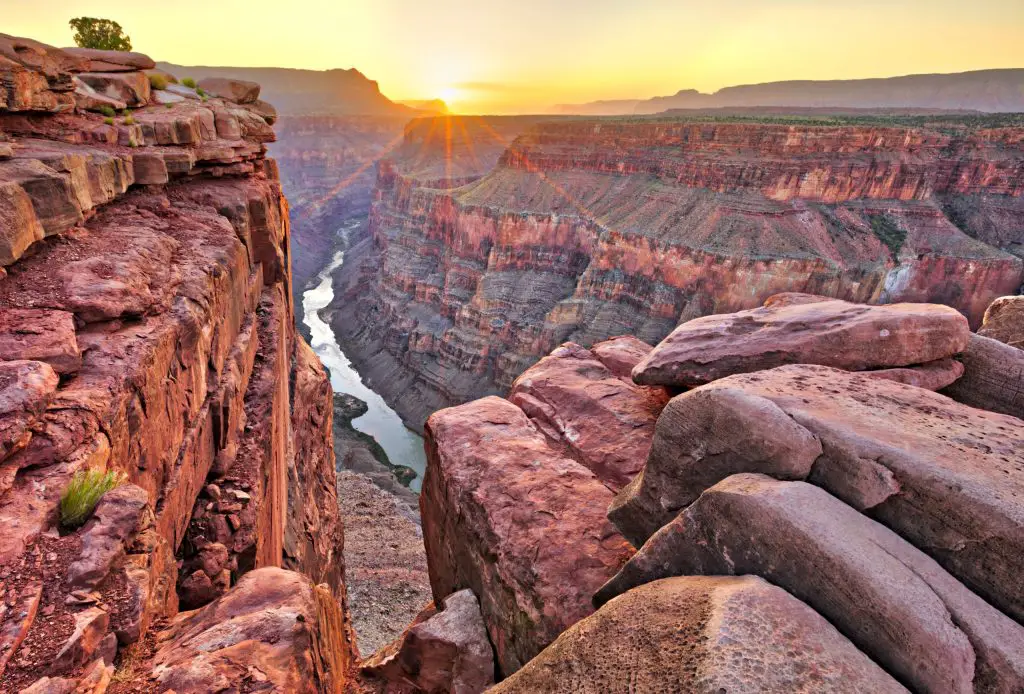
Long before European settlers arrived, Native American tribes recognized the spiritual and cultural significance of the Grand Canyon. Their deep connection to the land and rich traditions continue to shape the canyon’s identity.
The Havasupai, Hualapai, Hopi, Navajo, and Paiute tribes have historical connections to the Grand Canyon. Each tribe has a unique heritage and relationship with the land, with ancestral sites and artifacts that offer a glimpse into their ancient civilizations.
For these Native American tribes, the Grand Canyon holds immense cultural significance. It is a sacred place intertwined with their creation stories and spiritual beliefs. Traditional arts and crafts, such as pottery, basket weaving, and intricate jewelry, showcase the tribes’ craftsmanship and cultural traditions.
Conservation and Preservation
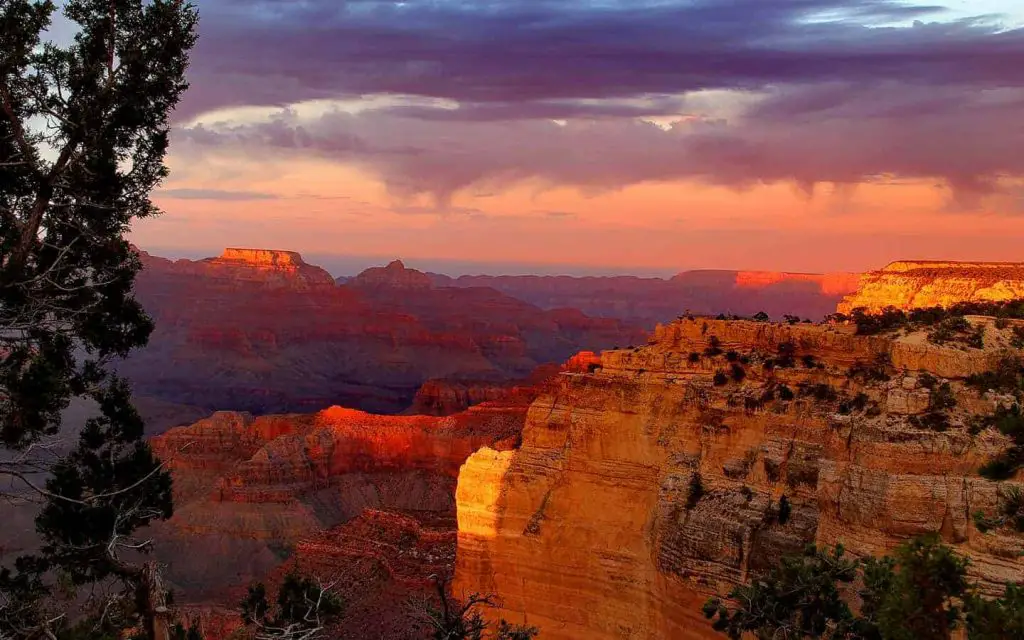
Preserving the Grand Canyon for future generations is of utmost importance. Efforts are underway to address environmental challenges and promote responsible tourism practices within the park.
The Grand Canyon faces various environmental challenges, including water management, air pollution, and the impact of climate change. Conservation organizations and park authorities are working together to protect the fragile ecosystem and mitigate these threats through research, education, and sustainable practices.
As visitors, we have a responsibility to minimize our impact on the delicate environment of the Grand Canyon. By following Leave No Trace principles, respecting wildlife and vegetation, and staying on designated trails, we can ensure the preservation of this natural wonder for generations to come.
Choosing the Best Time to Visit
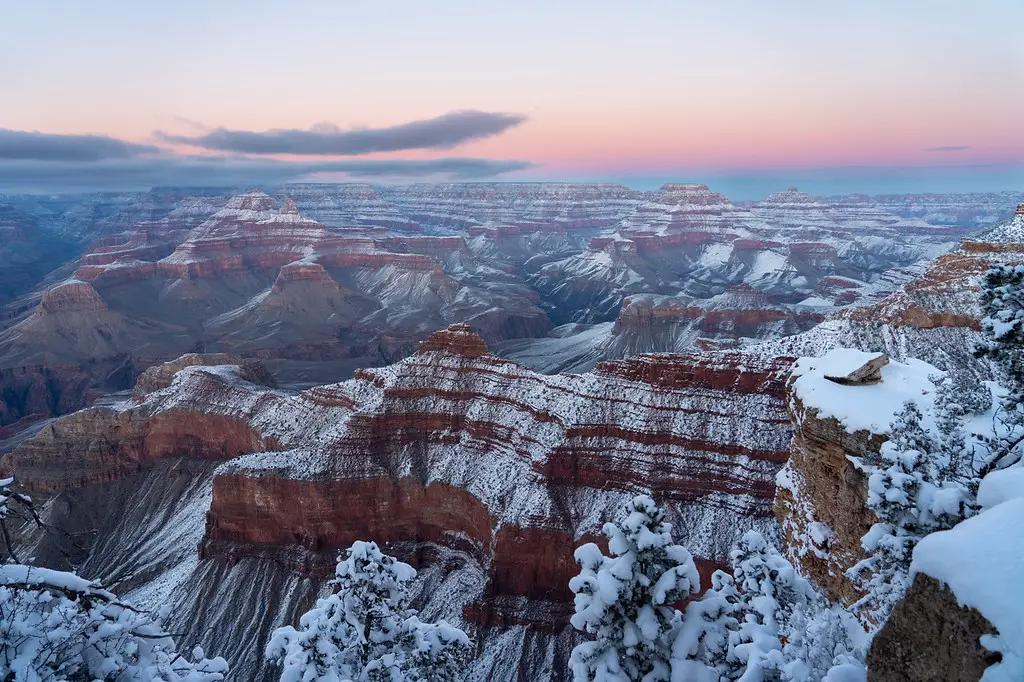
Selecting the right time to visit the Grand Canyon can significantly enhance your experience. Understanding the climate and weather patterns will help you plan accordingly and make the most of your trip.
The Grand Canyon experiences a wide range of temperatures throughout the year. Summers can be scorching, with temperatures exceeding 100°F (38°C), while winters bring cooler temperatures and occasional snowfall. Spring and fall offer more moderate weather, making them popular seasons for outdoor activities.
The summer months, particularly June to August, attract the highest number of visitors to the Grand Canyon. If you prefer a quieter experience, consider visiting during the shoulder seasons of spring or fall. These times offer pleasant weather and fewer crowds, allowing you to savor the canyon’s beauty at a more leisurely pace.
Accommodations and Dining Options
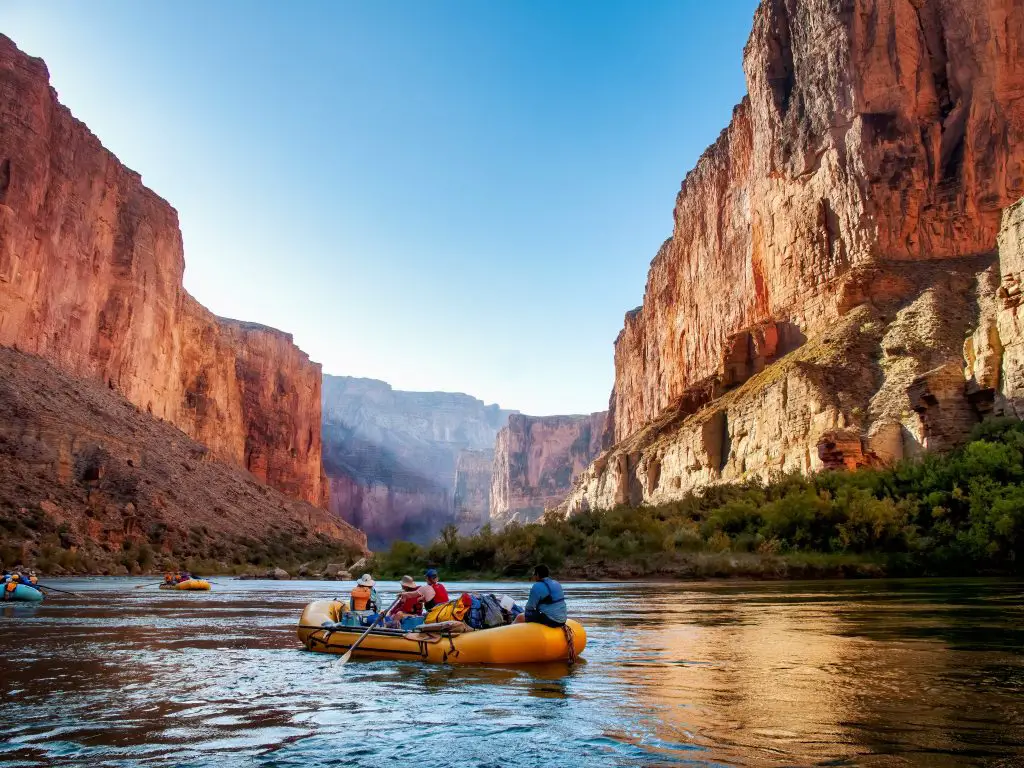
When visiting the Grand Canyon, you have a range of options for accommodations and dining, both within the park and in nearby areas.
The Grand Canyon National Park offers a variety of lodging options, including historic lodges, cabins, and campgrounds. It’s recommended to book well in advance, especially during peak tourist seasons. Outside the park, you can find additional accommodations in towns such as Tusayan and Williams, which offer hotels, motels, and vacation rentals.
Within the park, several dining options are available, including cafeterias, snack bars, and restaurants. These establishments serve a range of cuisine, from casual fare to fine dining experiences. Remember to pack snacks and plenty of water for your outdoor adventures, as there may be limited food options in remote areas.
The Grand Canyon’s Pop Culture Influence
The awe-inspiring beauty of the Grand Canyon has captivated artists, writers, and filmmakers for decades, leaving an indelible mark on popular culture.
Numerous films, books, and songs have been inspired by the Grand Canyon’s majestic allure. From classic Westerns like “Stagecoach” to contemporary novels like “The Monkey Wrench Gang,” the canyon’s grandeur has served as a backdrop for compelling storytelling.
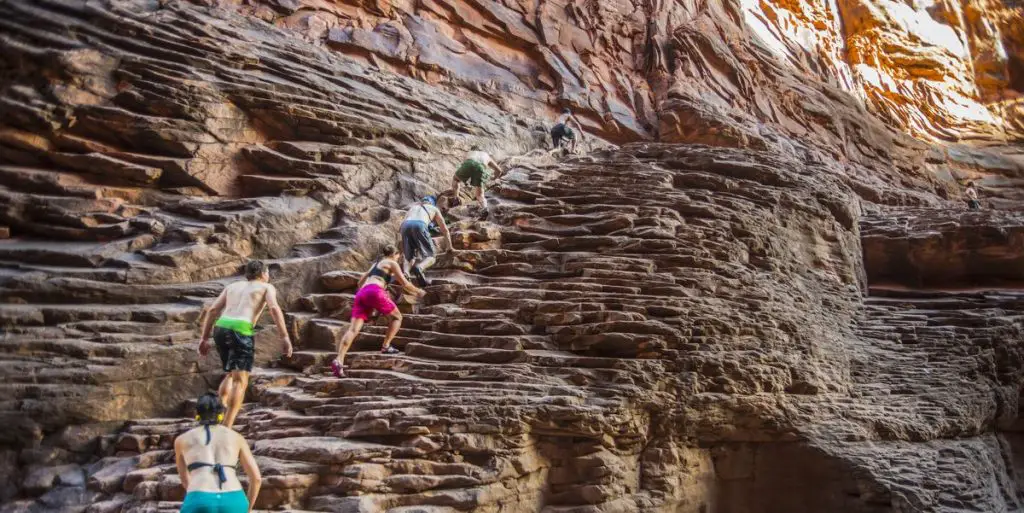
Conclusion
A visit to the Grand Canyon promises an unforgettable journey into the heart of one of the world’s most spectacular natural wonders. From its geological marvels to its diverse wildlife and rich cultural heritage, the Grand Canyon offers an immersive experience for nature enthusiasts, adventure seekers, and those seeking inspiration from the great outdoors.
Remember to plan ahead, stay safe, and be respectful of the fragile environment as you embark on your Grand Canyon adventure. Take your time to savor the views, explore the trails, and immerse yourself in the sheer magnificence of this extraordinary place.